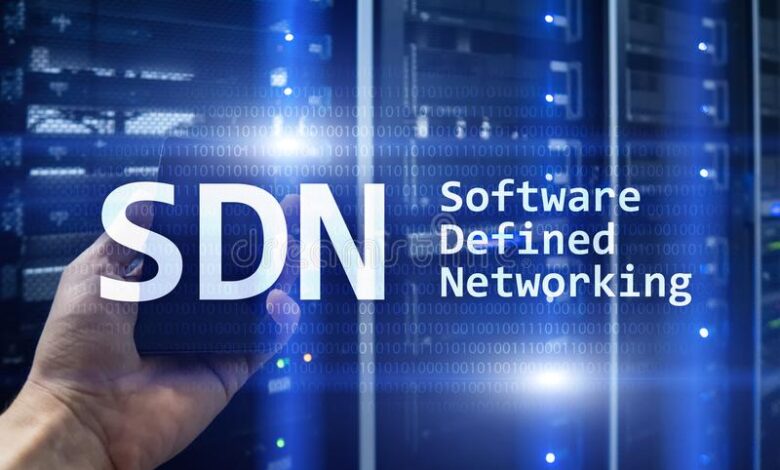A Complete Guide to SD-WAN

In a recent article, I outlined a few key benefits of SD-WAN and the characteristics that differentiate it from other WAN systems. Ultimately, SD-WAN is designed to increase delivery speed and quality of service while abstracting the differences in underlying connectivity. As a result, it can be a compelling solution for enterprises.
Business-driven SD-WAN provides sub-second failover.
While essential SD-WAN solutions direct traffic based on pre-defined rules and templates, business-driven SD-WAN systems automatically detect and adapt to changes in the underlying network. As a result, they deliver optimal application performance and QoEX to end users. Moreover, they provide sub-second failover without affecting voice or video communications. And since they monitor underlay transport services intelligently, you can use them to improve business continuity.
The benefits of a business-driven SD-WAN system are extensive. These systems enable organizations to connect multiple data services in active/active configurations, with sub-second network failover. Sub-second failover allows sessions to move seamlessly to another transport without disrupting the upper application. Further, they also offer flexibility and reduced admin costs. The flexible architecture of an SD-WAN allows administrators to automatically redistribute bandwidth and adjust routing decisions in real-time based on public-network diagnostics. As a result, high-priority traffic is transferred over faster connections, while lower-priority data is routed over slower, less reliable links.
It abstracts away differences in underlying connectivity.
SD-WAN abstracts differences in the underlying connectivity of various networks and combines them into a single, unified network. B bonding Internet access resources can provide high-speed, reliable data channels across an enterprise’s network. The concept of SD-WAN allows the network administrator to make decisions based on the type of connectivity a particular branch office has, regardless of how it’s connected to the primary office.
WAN optimization is achieved by combining data reduction and acceleration techniques. Data reduction occurs through compression and deduplication techniques to reduce the amount of data traversed across a WAN. Another SD-WAN benefit is the capability to remediate packet loss by reusing backup information that travels with the primary input. This backup information is called parity and is used when the prior statement is lost.
It integrates MPLS with broadband and mobile networks.
While MPLS is a popular choice for business applications, it is also an expensive solution. With SD-WAN, a business can use various transport methods simultaneously, boosting available bandwidth and ensuring mission-critical traffic is delivered reliably. To find out more, read on! Here are three key benefits of SD-WAN for business. So, if your company is looking for an efficient solution, read on.
First, SD-WAN can make remote provisioning sites faster than with MPLS-based architectures. This means a business can quickly connect users and devices from remote locations. Moreover, it’s easy to add new links. For instance, SD-WAN edge devices can accommodate different associations, including cellular and wireless. Finally, unlike MPLS, an SD-WAN solution can run on almost any networking hardware, including switches and routers.
It provides greater control and management.
While CapEx is a crucial consideration, OpEx often exceeds it. SD-WAN systems make management and operation simpler, thus empowering IT teams. A simpler infrastructure means less toil and more satisfaction for teams and employees. It also reduces the need for expensive IT resources and increases overall productivity. But how can SD-WAN help businesses achieve their goals? Here are some benefits of SD-WAN. How does it work?
The SD-WAN protocol supports dynamic path selection. When a network link fails, packets are automatically steered to a different one. This balancing of traffic across available links improves application availability and performance. In addition, SD-WAN technology can identify parcels by source, application, and user and send them based on destination or purpose. This capability allows users to tailor the performance of their applications based on their needs and the current situation.




